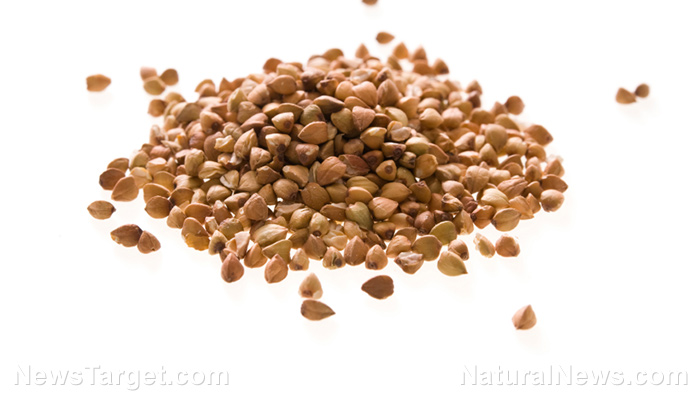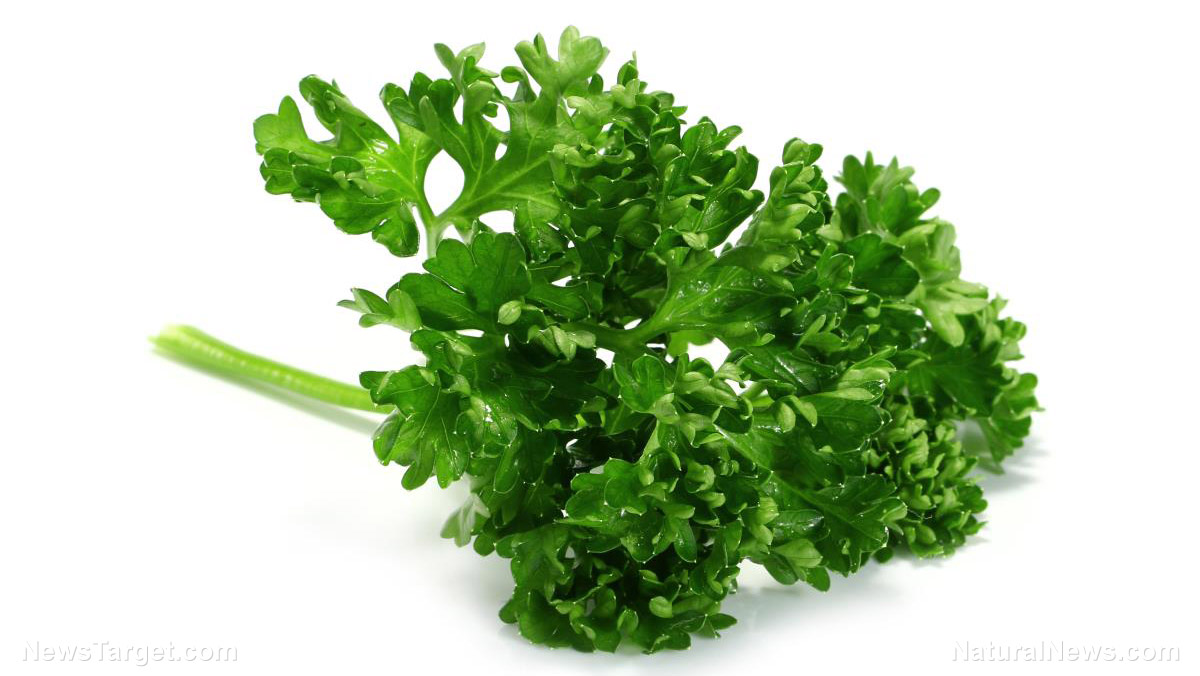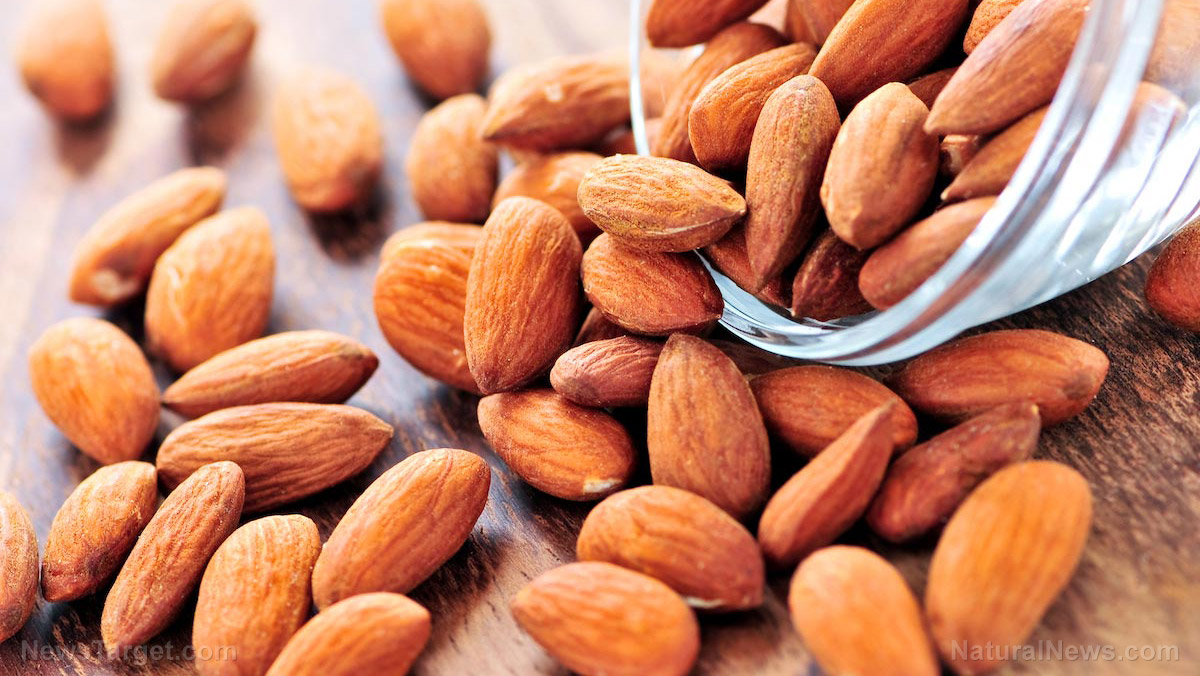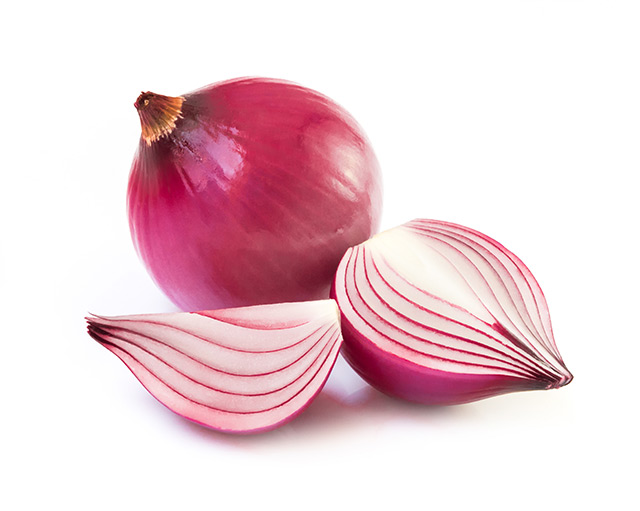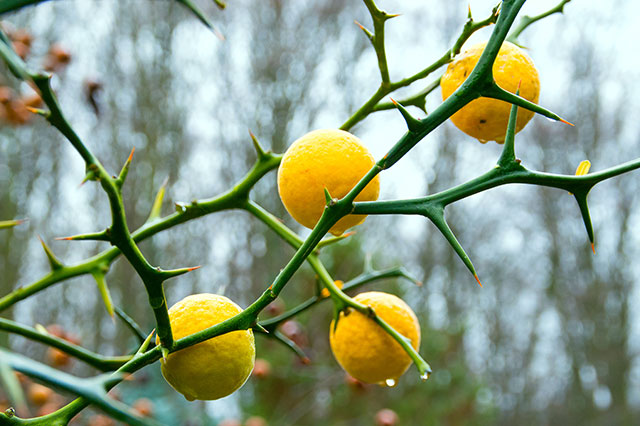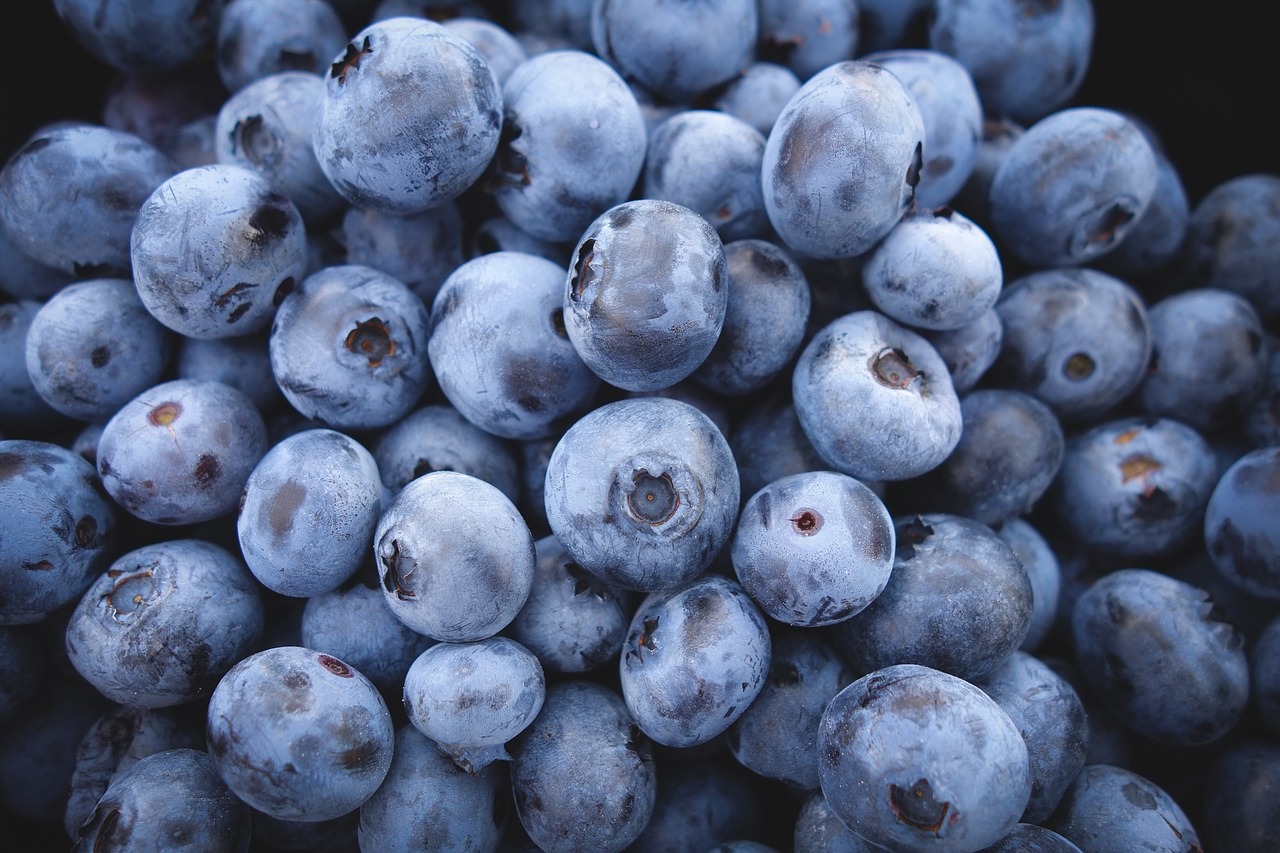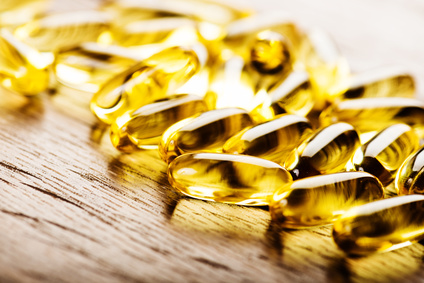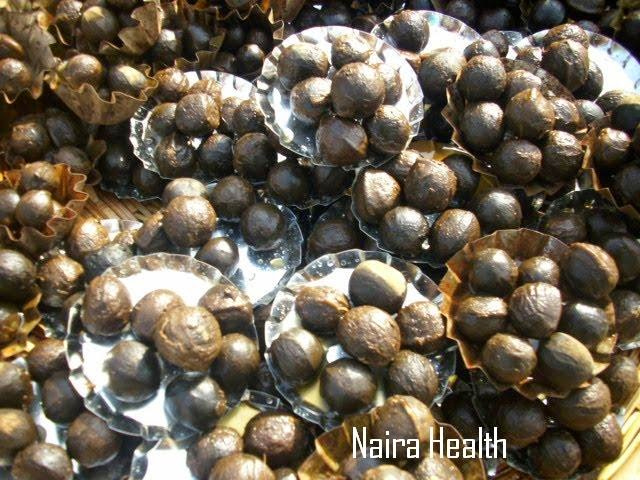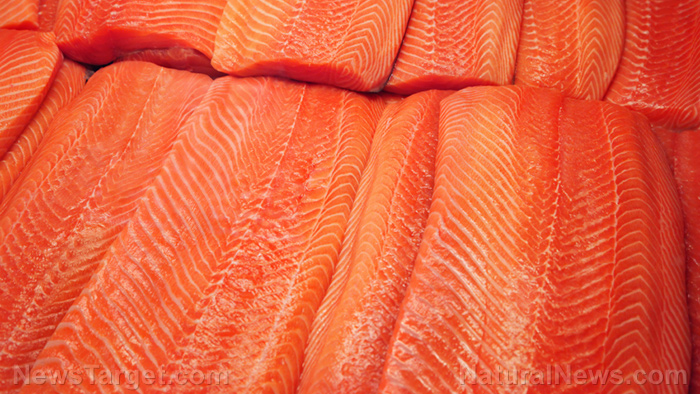Hailed as the “king of medicines,” the myrobalan supports optimum digestive health
10/30/2018 / By Zoey Sky
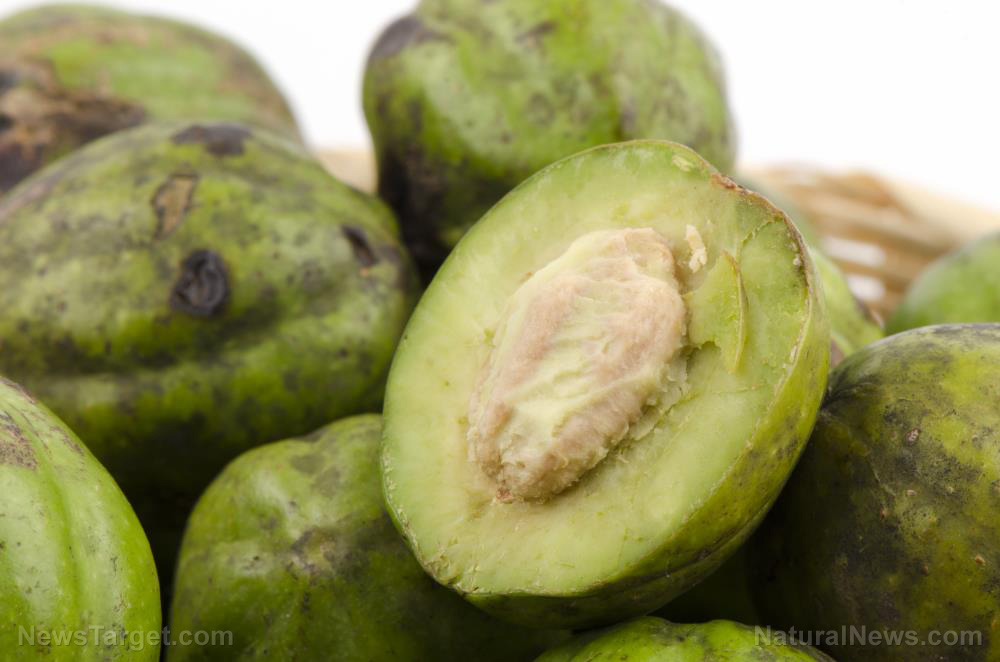
The myrobalan (Terminalia chebula), which is also known as the “King of Medicines,” is a fruit that has many health benefits. In Ayurvedic medicine, myrobalan is used to treat various health complaints, such as asthma, constipation, and mouth ulcers. However, according to a study, myrobalan’s antioxidant and antibacterial properties can also be used to treat other illnesses.
Experts are now acknowledging the medicinal properties of various herbal remedies, and in recent years, more studies have focused on these medicinal plants. Unlike harmful over-the-counter (OTC) medications with negative side effects, effective plant-based drugs are readily available and are more affordable.
To date, various plants with traditional therapeutic applications are being tested for medicinal purposes. Plants are an excellent source of natural antioxidants and antimicrobials and these plants can potentially be used as a source for drugs that can cure different disease.
Separate studies have even confirmed that some plants have crucial free radical-scavengers such as flavonoids, phenols, and terpenoids.
Terminalia chebula (T. chebula), the “King of Medicines”
In both Ayurvedic and Siddha medicine, various parts of the myrobalan plant are used to cure different health conditions such as:
- Anorexia
- Constipation
- Diabetes
- Hepatomegaly
- Intermittent fever
- Leprosy
- Malabsorption syndrome
- Memory loss
- Neuropathy
- Paralysis
- Parasites
- Renal calculi
- Rheumatism
- Skin disease
- Tumors
- Urinary discharges
Myrobalan has numerous medicinal and pharmacological properties, like anti-arthritic, anti-diabetic, anti-inflammatory, antimicrobial, antimutagenic, antiproliferative, antioxidant, cardioprotective, hepato-protective, preventive, gastrointestinal motility, and wound-healing activity.
For this study, which was published in the journal Free Radicals and Antioxidants, researchers tried to analyze myrobalan’s phytochemical profile, along with the antioxidant and antibacterial efficacy of myrobalan bark extracts.
The study authors hoped to confirm the plant’s antibiotic and antibacterial properties so that it can be used to formulate natural remedies that can promote digestive health. Myrobalan’s antibiotic and antibacterial properties may even be used to formulate cures that can scavenge and target free radicals that can cause various illnesses.
Free radicals harm important biomolecules like DNA, RNA, lipids, and proteins.
In the study, researchers tried to confirm the presence of phytoconstituents (chemical compounds that occur naturally in plants) in various solvent extracts of myrobalan bark through in vitro experiments. They also determined the presence of various metabolites and antioxidant and antibacterial activity in the plant extracts using standard protocols.
The antibacterial activity of the myrobalan bark extracts was determined using three gram-positive bacterial strains: Bacillus subtilis, Enterococcus faecalis, and Staphylococcus aureus. The extracts were also tested on three gram-negative bacterial strains: Proteus vulgaris, Salmonella typhi, and Shigella sonnei.
The phytochemical profile of selected bioactive (acetone) extracts of T. chebula was studied through gas chromatography-mass spectrometry (GC-MS) analysis.
Data from the preliminary phytochemical screening analysis showed that most of the solvent extracts of myrobalan bark contained various phytochemicals like alkaloids, carbohydrates, flavonoids, glycosides, phenolics, saponins, and terpenoids. The acetone extract contained more primary and secondary metabolites, unlike with other extracts. Acetone extract from myrobalan bark also had powerful potent activity against S. typhi. (Related: Chebulic myrobalan, an herbal medicine formula, found to demonstrate anti-amnesic effects.)
The result of the GC-MS analysis of acetone extract revealed the presence of 32 major bioactive compounds, such as flavonoids, gibberellins, phenols, sesquiterpenes, and triazines. The different phytochemicals in the bark extracts could be the source of the plant’s promising medicinal properties.
Myrobalan bark extracts also contained ellagic acid and gallic acid, which are both polyphenolic antioxidant compounds that can be found in several plants. These compounds have “antioxidant, antimutagenic, anti-inflammatory, and cardioprotective activity.” The bark extracts also contained ferulic acid, which also acts as an antioxidant agent.
According to the researchers, the data findings show that acetone extracts from myrobalan bark do have significant antioxidant and antibacterial properties. The plant is also full of different phytoconstituents, and these compounds may be used to develop natural cures for different illnesses.
Read more articles about other fruits with healing properties like myrobalan at Healing.news.
Sources include:
Antiox.org [PDF]
Tagged Under:



